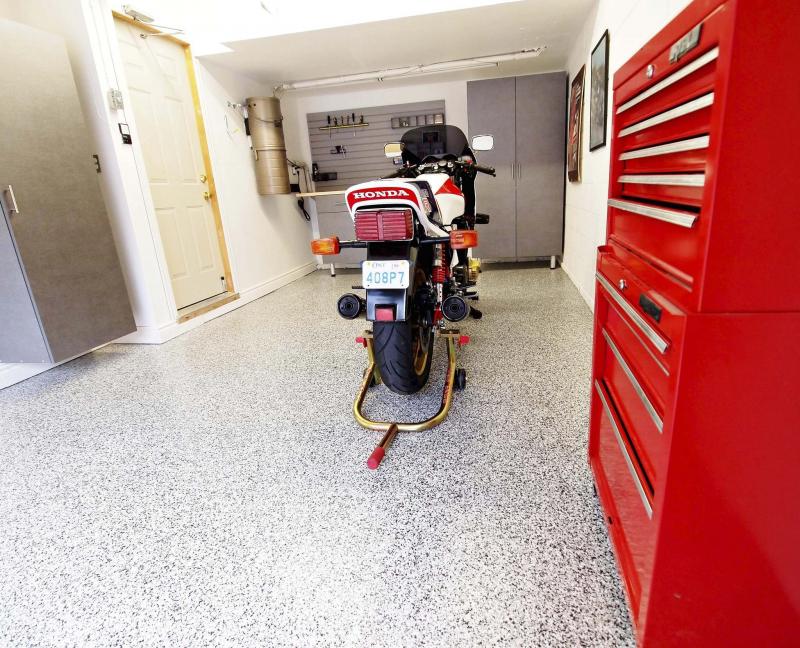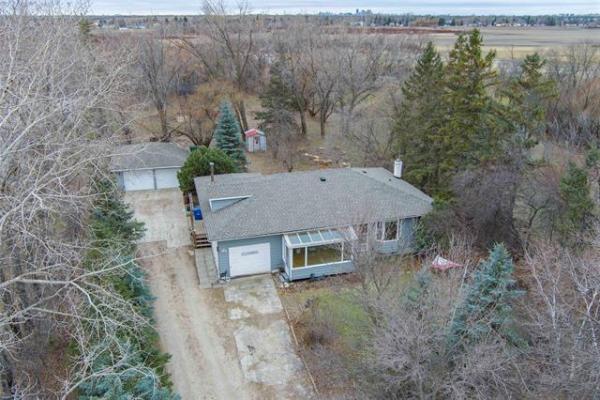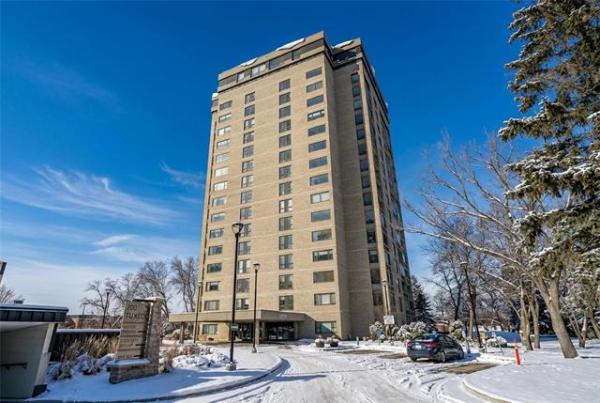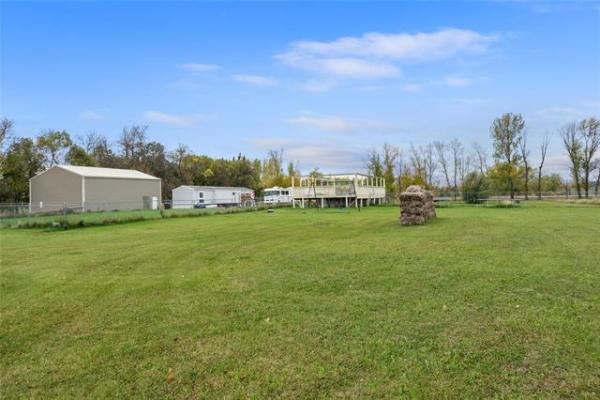Question: I am considering the purchase of a containment floor mat for my unheated, attached garage. The mat is constructed of commercial-grade woven PVC fabric. Could there be a moisture problem with PVC on a cement floor? Thanks.
— Bob Sabourin
Answer: Moisture problems can be quite common with newer garages, especially attached ones, in our area. I doubt that the mat you are planning on placing on the floor will create any additional moisture issues and it may even prevent some. However, care must be taken to prevent excessive water sitting in the pan, or leaking under it, for it to be useful.
I frequently get questions and see issues with moisture stains and damage in attached garages in newer and older homes. Even if these are not heated, moisture damage to drywall is quite common, particularly under windows. I also often see rusted vehicle door tracks and efflorescence on the grade beams and floor slabs. In the worst cases, moisture damage will be prevalent on the framing and exterior sheathing near the bottom of the walls. The causes of these may vary, but are typically caused by excessive condensation or snow and ice melting from vehicles.
Condensation occurs when warmer air, often with a large amount of dissolved water vapour or high Relative Humidity (RH), cools beyond its dew point. If this occurs rapidly, water can turn from vapour to liquid and form on cooler surfaces. This is most often seen on windows because they can be the coldest surface in an exterior wall assembly. It may also occur on the surface of a concrete grade beam or floor slab in a garage because of the cooler surface temperatures. If the outside temperature is well below zero, this water can also freeze, forming frost. As the weather warms, or if direct sunlight hits the frosty surface, it can melt and wet areas around and beneath the surface where the frost occurs. That is why we often see mould and moisture damage on wall sheathing and framing near windows and the bottom of the walls. Efflorescence can also show up on the concrete, as the water forming from the condensation draws minerals from within the wet concrete to the surface.
The solution to stopping this issue is normally a combination of preventing warm air intrusion into the garage and better ventilation. Much of the warm air leaking into attached garages comes from the house itself. Poorly sealed passage doors or frequent opening and closing of the door is the biggest culprit. Checking the house walls adjacent to the garage for holes where air can leak through is also important in preventing condensation-related issues. It can occur simply because the garage remains closed during the daytime, with little air circulation. As night falls, the temperature in the garage may drop below the dew point of the air and condensation will form. This also frequently occurs in the winter after warm vehicles are pulled into the warmer garage.
Because the inside temperature of an attached garage can be several degrees warmer than outside, even without heating, moisture problems can be magnified. Snow and ice that are stuck to the body of the vehicles may warm enough to melt after pulling into the relatively warm garage. If this happens, the water will drip onto the garage floor and some may evaporate, raising the RH of the air in the garage. The higher the RH, the less temperature drop needed for condensation. So, a damp, closed, warm garage would be the ideal environment for condensation to happen as night falls and the inside temperature dramatically drops. Efflorescence on the garage floor slab, where the snow has melted, is also a certainty.
Placing a plastic tray or sheathing directly over your garage floor slab should do a good job of catching and containing the water dripping from melted ice and snow on your vehicles. This will certainly prevent excessive efflorescence and may also help stop surface damage to the slab from spalling. Unfortunately, any moisture that leaks through or under this thin layer will have a harder time evaporating, increasing the chance of these two issues. So, the key to successful use of your floor mat is to prevent moisture leaking through or under the surface. Ensuring that the mat is properly positioned to catch all of the moisture dripping off your vehicles, as well as any shovels, snow blowers or other wet equipment, should do the trick.
While a properly placed and maintained plastic mat should not pose a problem for the garage floor, it may not do much to prevent the condensation issues. Since the mat is catching the water that would normally wet and partially soak into the concrete floor slab, it may even increase evaporation, raising the RH higher than without the mat. To combat this issue, excess water sitting on the PVC sheathing should be mopped or shop-vacuumed up. Also, leaving your vehicle door open for a few minutes after pulling your vehicles in may help minimize the melting. This will not only vent some of the moist air inside the garage, it will minimize sudden warming of the air inside the garage from the hot vehicles and prevent rapid ice and snow melting.
Using a PVC floor covering in your attached garage should not negatively affect the concrete floor slab, provided it is properly maintained. Ensuring that excess moisture on the mat surface is removed, as well as increasing ventilation to the garage after warm vehicles enter, should prevent any moisture related issues from becoming a major problem.
Ari Marantz is the owner of Trained Eye Home Inspection Ltd. and the past president of the Canadian Association of Home & Property Inspectors — Manitoba (cahpi.mb.ca). Questions can be emailed to the address below. Ari can be reached at 204-291-5358 or check out his website at trainedeye.ca.
trainedeye@iname.com




